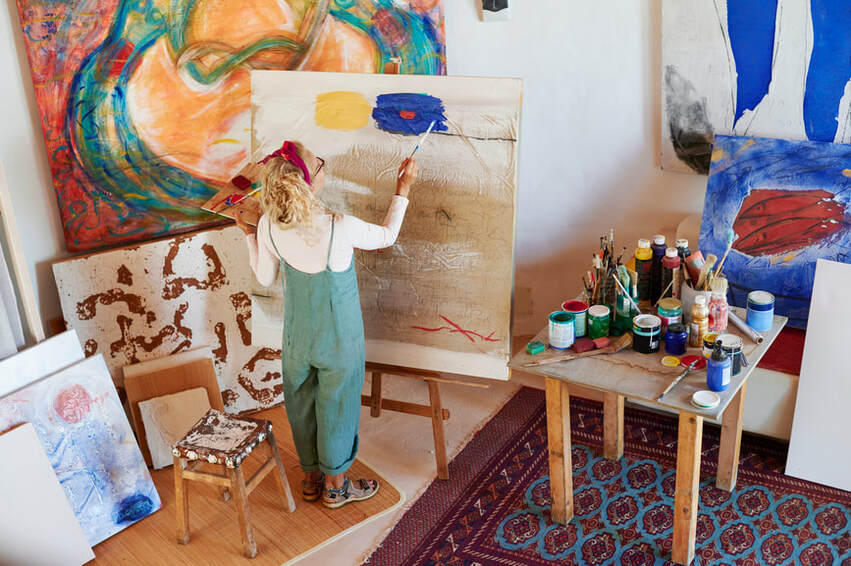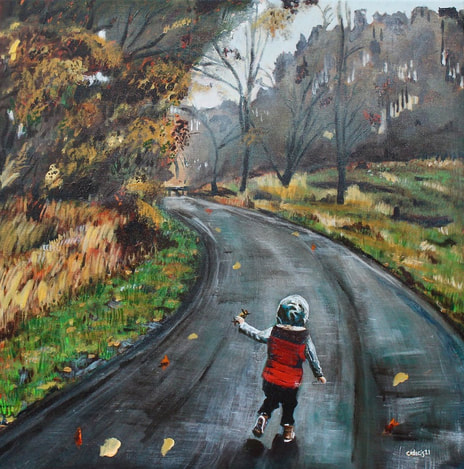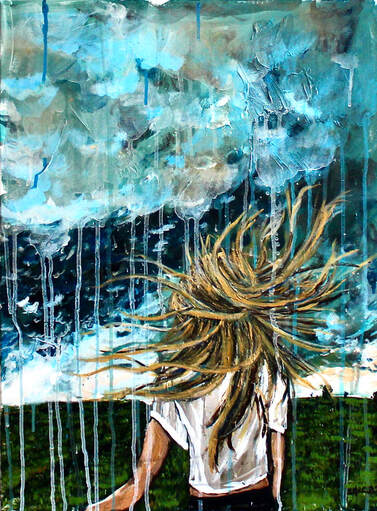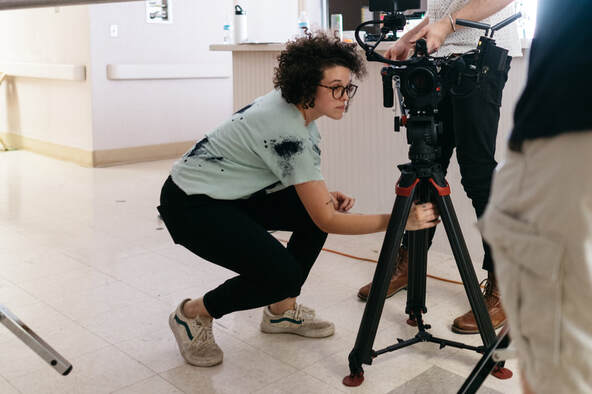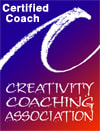The Creative Vitality Theory
Creativity has a Relationship to Psychology You Might Not Know About
Creativity and Mental Health
Creativity has been linked to both mental health and illness (Sawyer, 2006). How can this be? What is the relationship between creativity and mental health? I have researched and tested a theory about the mental health of creativity in creative individuals. It is called the Creative Vitality Theory.
Creativity and Mental Illness
|
The relationship between creativity and mental illness has been recognized since the time of the ancient Greeks. Aristotle said, “No great genius has ever been without some madness” (Anderegg, 2001). Today, there are an unusually large percentage of creative individuals with mood disorders: as high as 50% in the visual arts (Lee, 2007).
Giles (2006) also supported personality theory of creative individuals. Giles (2006) found that creativity was more closely related to over-inclusive thinking styles are a potential link between creative people and certain personality traits like neuroticism. Carson (2001) also found a strong connection between creativity and related personality traits. |
Together, research on creativity and mental illness do two important things: first, they solidify the relationship of specific symptoms with creative personality; second, they highlight the need for a creative processes for those creative people.
Creative PracticeCarl Jung was one of the first believers in this healing process of creativity in art and art therapy. He used a drawing technique called the drawing of mandalas to reduce trauma symptoms (Henderson, 2007). According to Jung, the drawing of mandalas had a calming effect on the participant and facilitated psychic integration in a therapeutic setting. Henderson (2007) repeated Jung’s study using PTSD patients and replicated Jung’s findings of the benefits of mandala drawings (Henderson, 2007).
|
Creativity BenefitsGedo (1990) utilized art therapy techniques to give meaning to experiences. With the case study of an artist named James Ensor, Gedo illustrated the use of different visual stylistic techniques to emphasize different moods. These techniques were in turn used to confine and explain important experiences. This supports the Jungian notion that visual characteristics are representational of inner cognitions and feelings (Gedo, 1990). In his study, Gedo defined two styles of visual therapeutic artwork: content specific, and not content specific. Content specific work refers to work where the visual content directly relates to a meaningful experience or feeling to the artist. Not content specific work refers to work that does not directly relate or refer to specific experiences or feelings. Speiser and Speiser (2007) found that visual arts enhance communication and expression for working through conflict. Turetsky (2003) also used art psychotherapy as an effective method to help cope with the mourning process during midlife transitions. Together these studies demonstrate the function of creative processes as seen in art therapy techniques to increase mood in times of crisis and conflict.
|
Creativity MattersThere are important additional benefits of the creative process for creative individuals. Carson (2001) linked creativity with mental wellness, especially in creative personality types.
Another important benefit of the creative process for creative individuals was described by Csikszentimihalyi (1996). Csikszentimihalyi described the intense gratification, sense of investment and therapeutic nature of creative processes as “flow.” He further explained the more invested a person is in the creative effort, the greater the flow, and therefore the greater the therapeutic benefit. Positive effects of creative people working within their creative medium include enthusiasm, energy, self-confidence, increased mental association, flowing of thoughts, euphoria, increased concentration, well-being, rapid thinking and sensory awareness (Lee, 2007). |
Creativity in Creative People
Creativity has several links to mental wellness through the creative process: calmness and an overall increased mood, enhanced communication, understanding and insight, emotional exploration, a reduction of depressive symptoms, and new meaning to old experiences. Specifically, creative personality types experience two added benefits of the creative process: first, investment, fulfillment and intense gratification characteristic of “flow,” and second, the additional protective factor against depressive symptomotology from a larger working memory.
Through extensive research in the field of creativity, creativity has been linked to both mental health and illness (Sawyer, 2006). How can the relationship between mental health and creativity be so dichotomous? The link between creativity and mental wellness and mental illness is explained by the creative process as a behavioral adaptation for creative individuals with mental illness. This has important implications in terms of the relationship of mental illness as compared to mental wellness in clinical populations, as well as how changes in negative mood states can occur in non-clinical populations.
Through extensive research in the field of creativity, creativity has been linked to both mental health and illness (Sawyer, 2006). How can the relationship between mental health and creativity be so dichotomous? The link between creativity and mental wellness and mental illness is explained by the creative process as a behavioral adaptation for creative individuals with mental illness. This has important implications in terms of the relationship of mental illness as compared to mental wellness in clinical populations, as well as how changes in negative mood states can occur in non-clinical populations.
Creative People Need to Create: the Creative Vitality TheoryThis is truly a summation of my own research into creativity, mental health, mental wellness, and their relationship to each other. I have also run my own interventions in experimental settings, with my own controls, multi factor analysis and more to confirm my hypotheses (which were strongly confirmed!). What I want to share with you is that this research is the foundation to my 3-part philosophy for healing, called the Creative Vitality Theory:
|
Changing the Lives of Creative People
This is a simple, yet life-changing formula, founded in years of research and practice. I am passionate about changing the lives of Creative People! If you are inspired or moved by what you have read here, or if you have questions about any of this material, I would love to connect with you. Here are 3 steps you can take right now, today, on the road to Creative Health:
Investing in yourself is the surest investment you can make. Let’s talk more about how to change your life, today!
(c) Creatively, LLC 2024
www.creativelyllc.com
- Learn more about your Creative Personality
- Book an Initial Free Consultation
- Learn about and book one of my 3 prepared Coaching Packages
Investing in yourself is the surest investment you can make. Let’s talk more about how to change your life, today!
(c) Creatively, LLC 2024
www.creativelyllc.com
Click here References to see a list of cited research on creativity, used in the information above, and in writing the Creative Vitality Theory

